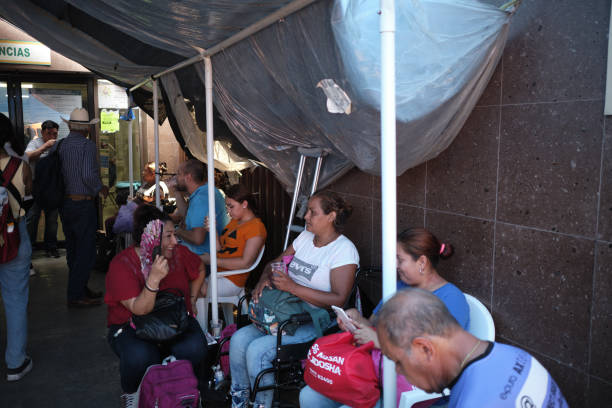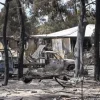Potential Tropical Cyclone One, a developing low-pressure system in the Gulf of Mexico, was affecting the Texas coast but hadn’t fully formed, meteorologists reported on Wednesday.
When fully developed, it will be named Tropical Storm Alberto and is expected to bring strong winds, heavy rainfall, and flood risks across the southern U.S., Mexico, and Central America. The storm’s winds, extending over 400 miles from its center, are already impacting southern Texas.
As the U.S. faces unusual weather patterns, including extreme heat in the Northeast and Midwest, heavy rains in Miami, wildfires in New Mexico and California, and a winter storm warning in Montana, the Gulf system is predicted to bring significant rainfall to southern Louisiana and central and southern Texas.

The National Weather Service noted that the system was becoming more defined, though it had not yet met the criteria for a tropical cyclone.
Bill Nye, the “science guy,” emphasized the urgency of reducing fossil fuel use to combat climate change. He noted that while there hasn’t been a single catastrophic event to trigger widespread action, climate change is a gradual worsening process.
A heatwave in the Northeast is expected to intensify, with temperatures reaching 95°F in Detroit and 92°F in Buffalo. Philadelphia is forecasted to remain above 90°F for the next week, and Pittsburgh hit 94°F on Tuesday.
The National Weather Service issued its first-ever excessive heat warning for Caribou, Maine, with heat index values expected to reach 106°F.
Meanwhile, in New Mexico, wildfires have led to the evacuation of Ruidoso, with 1,400 structures lost and 15,276 acres burned. Forecasters indicated that thunderstorms might provide some relief, but extreme weather continues to affect large parts of the country, with over 80 million people under heat alerts.

